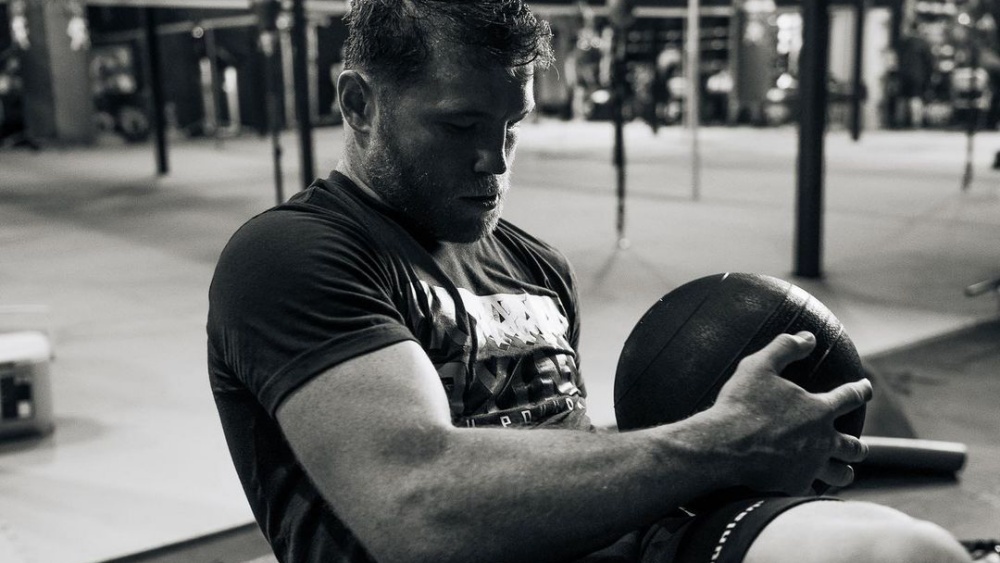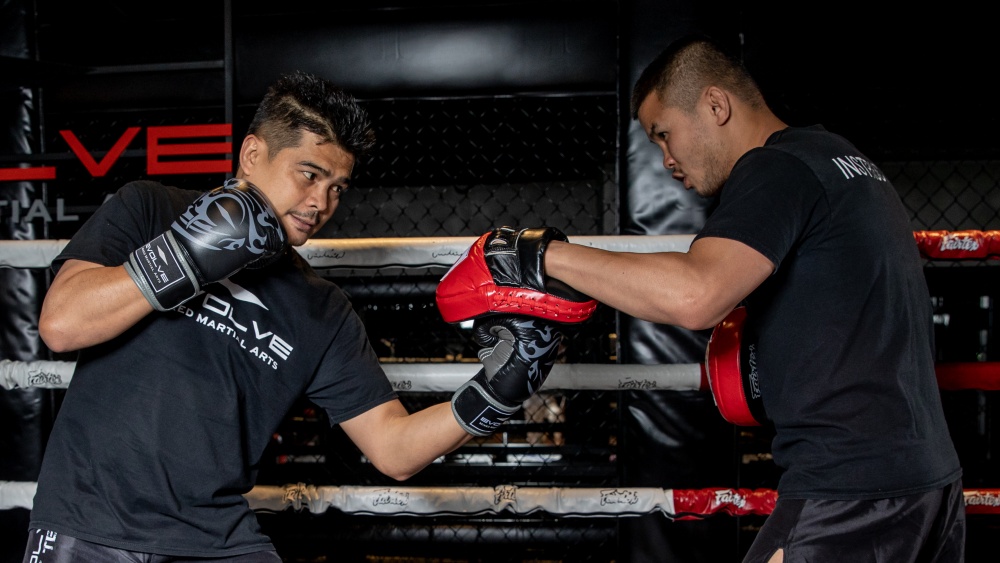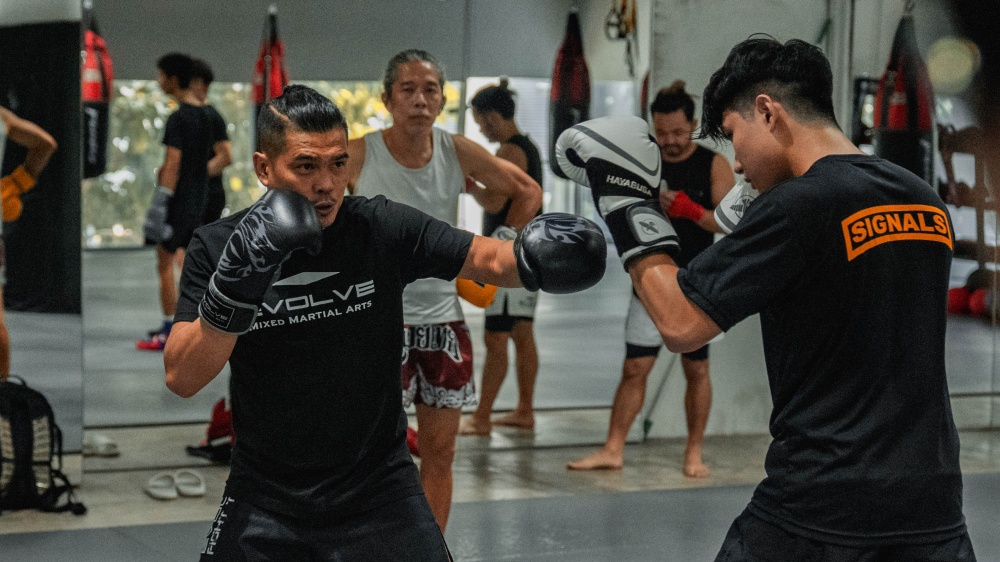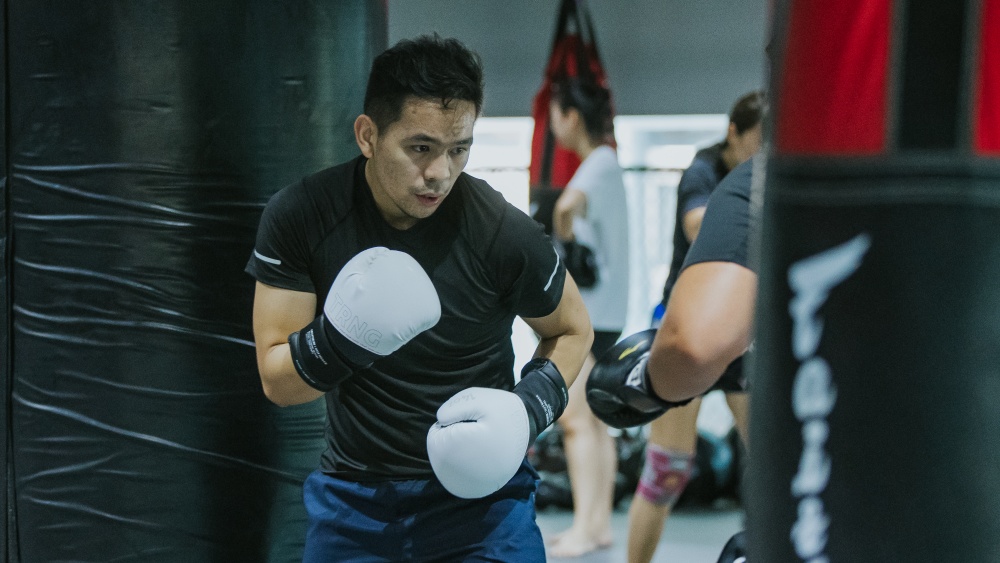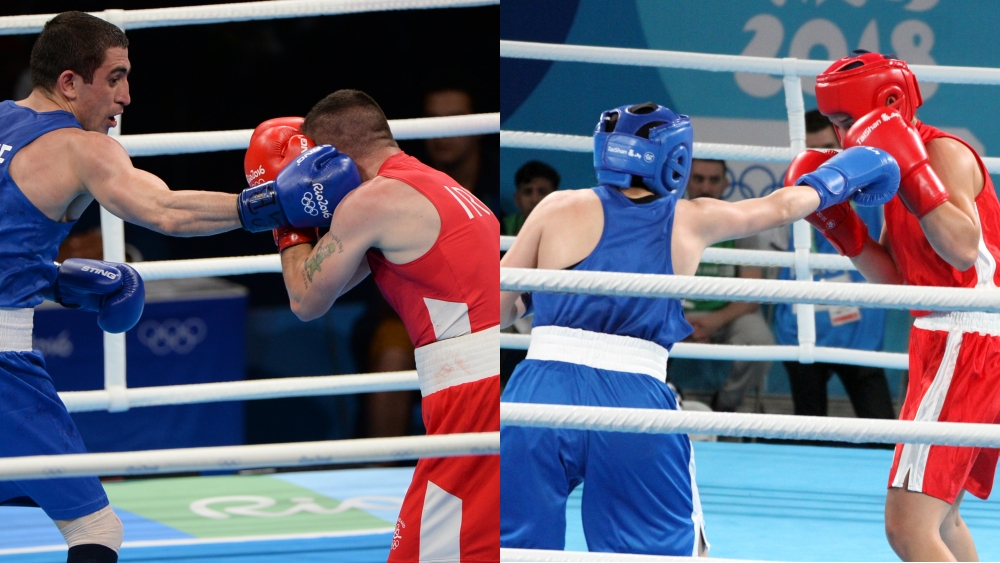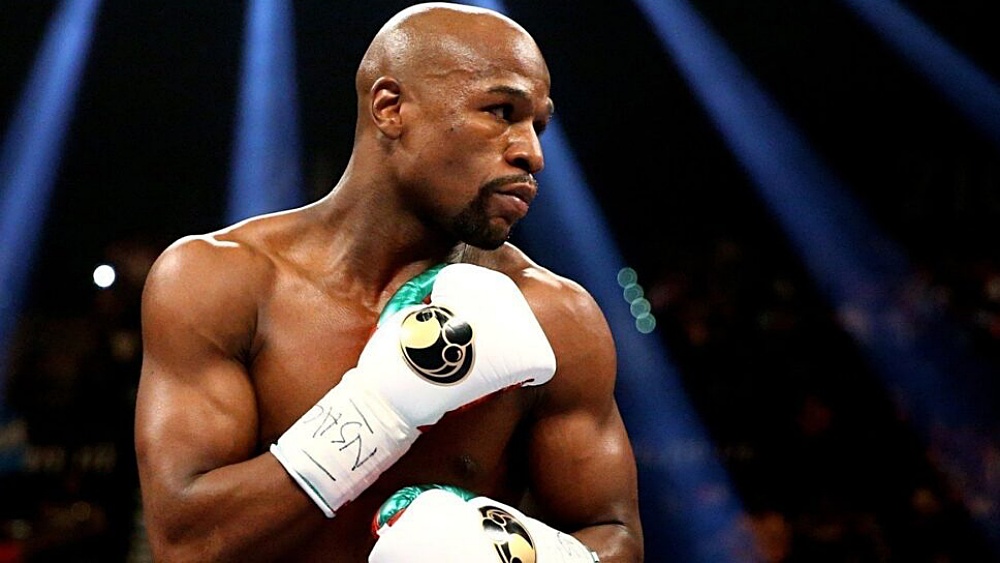In the world of boxing, a solid and agile upper body is essential for delivering powerful punches and defending against opponents. To achieve peak performance in the ring, boxers must focus on cultivating upper body strength, power, and endurance.
In this guide, we’ll explore the seven highly practical upper body exercises that are essential components of any boxer’s training regimen. From pull-ups to push-ups and medicine ball slams, each exercise plays a crucial role in enhancing boxing prowess. Discover the benefits, variations, and applications of these exercises to elevate your boxing game and become a force to be reckoned with in the ring.
Top 7 Upper Body Exercises
- Pull-Ups
- Push-Ups
- Medicine Ball Slams
- Russian Twists
- Bent-Over Rows
- Heavy Bag Work
- Planks
1) Pull-ups
Pull-ups are a staple exercise that focuses on developing upper body strength, particularly targeting the lats (latissimus dorsi), which are the large muscles of the back. For boxers, pull-ups play a significant role in generating power for their punches.
The lats, along with the arms and core, work in harmony to initiate and deliver powerful strikes, allowing boxers to generate force efficiently. Strengthening these muscle groups not only enhances punching speed but also contributes to better stability and balance during rapid movements, a critical aspect in evading opponents’ attacks and maintaining a strong stance in the ring.
To execute a pull-up correctly, grasp a horizontal bar with an overhand grip (palms facing away) at shoulder-width or slightly wider. Hang freely, then engage the lats, shoulders, and core to pull your body upward until your chin reaches or clears the bar. Lower yourself down with control to complete the repetition. For those who may find pull-ups challenging, assisted pull-up machines or resistance bands can be utilised to gradually build strength until unassisted pull-ups become attainable.
2) Push-ups
Push-ups are a fundamental bodyweight exercise that focuses on strengthening the chest (pectoralis major), shoulders, and triceps, making them a valuable exercise for boxers. By assuming a plank position with hands shoulder-width apart and maintaining a straight line from head to heels, boxers lower their body towards the ground by bending their elbows and then pushing back up to the starting position.
By targeting the chest, push-ups enhance the power and force behind a boxer’s punches, particularly jabs and crosses. The pectoral muscles are critical for generating the forward motion required for delivering swift and impactful blows to opponents. Strengthening the shoulders and triceps further contributes to better punching mechanics, ensuring that punches are delivered with efficiency and precision.
To perform push-ups correctly, maintain a straight line from head to heels throughout the movement, and avoid arching or sagging the back. Control the descent and ensure that the chest reaches the floor or hovers slightly above it before pushing back up.
3) Medicine Ball Slams
Medicine ball slams are dynamic and explosive exercises that effectively engage the lats, core, and upper body, making them a valuable addition to any boxer’s training regimen. In this exercise, you hold a medicine ball with both hands and lift it overhead before forcefully slamming it onto the ground. The powerful motion activates the lats and upper body muscles while also challenging the core’s stability and strength.
The combination of upper body engagement and core activation in medicine ball slams directly translates to improved punching power for boxers. The forceful movement mimics the action of throwing a punch, allowing boxers to develop explosive power in their strikes. This enhanced power makes punches more effective and aids in delivering rapid combinations, catching opponents off guard.
Moreover, medicine ball slams contribute to overall athleticism and conditioning. The explosive nature of the exercise elevates heart rate and offers a cardiovascular challenge, contributing to increased endurance and better performance in the later rounds of a boxing match. The exercise also enhances hand-eye coordination, reaction time, and proprioception, all of which are essential for a boxer’s agility and defensive manoeuvres.
To execute medicine ball slams effectively, start by standing with feet shoulder-width apart, holding the medicine ball at chest level. Explosively lift the ball overhead and forcefully slam it down to the ground while engaging the lats and core throughout the motion.
4) Russian Twists
Russian twists are a dynamic core exercise that targets the obliques, and the muscles on the sides of the abdomen. The exercise involves sitting on the floor with the feet lifted off the ground and the torso leaning back at a slight angle. Boxers hold a weight, such as a medicine ball or dumbbell, and rotate their torso from side to side, engaging the obliques to execute the movement.
A strong core is fundamental for overall strength in boxing and various athletic activities. The core acts as a stabilising force, connecting the upper and lower body and transferring power efficiently through the kinetic chain. In boxing, a robust core allows boxers to generate torque and rotational power during hooks and uppercuts. As the obliques contract, they enable the twisting motion required for these punches, maximising their force and impact.
Moreover, a strong core enhances balance and stability during boxing movements. Whether delivering punches, evading opponents’ attacks, or shifting weight for footwork, a well-conditioned core provides a solid foundation for maintaining a balanced stance and quick transitions between movements.
A strong core is also crucial for generating forceful movements from the legs and hips. During punching, the power generated from the lower body travels through the core to the upper body, amplifying the force behind each strike.
5) Bent-Over Rows
Bent-over rows are a highly effective exercise for targeting the lats (latissimus dorsi) and building upper back strength. In this exercise, boxers typically use a barbell or dumbbell while assuming a bent-over position, with their torso nearly parallel to the ground. This posture allows for maximum engagement of the lats and other upper back muscles during the rowing motion.
As you perform bent-over rows, they work to retract and squeeze your shoulder blades together, emphasising the contraction of the lats.
Bent-over rows also complement the pushing movements in boxing, like jabs and crosses, by targeting the opposing muscle groups. The balance between push and pull exercises helps prevent muscle imbalances, reducing the risk of injuries and optimising overall upper body strength.
To perform bent-over rows correctly, hold the barbell or dumbbells with an overhand grip and maintain a slight bend in the knees. Hinge forward from the hips while keeping the back straight. Pull the weight toward the lower chest while squeezing the shoulder blades together, then lower it back down with control. Proper form and gradual progression are essential to gain the maximum benefits from bent-over rows, making them a valuable addition to any boxer’s training routine.
6) Heavy Bag Work
Heavy bag work is a quintessential exercise for boxers, serving as a dynamic and versatile tool to refine their skills and elevate overall performance in the ring. The heavy bag is a durable, weighted bag that absorbs strikes, providing a realistic and challenging training experience. When boxers work with the heavy bag, they have the opportunity to practice various punch combinations, footwork, and defensive movements.
One of the primary benefits of heavy bag work is the opportunity to perfect punch combinations. Boxers can practice a wide array of punches, including jabs, crosses, hooks, uppercuts, and more, in fluid and rapid succession. This enables them to develop better hand speed, timing, and coordination, ultimately translating to more effective and impactful strikes during a match.
To make the most of heavy bag work, boxers should focus on maintaining proper technique, staying light on their feet, and incorporating various combinations and movement patterns. It is essential to control the pace and power of strikes, ensuring that each punch is delivered with precision and intent.
7) Planks
Planks are a simple yet highly effective exercise for building core strength and stability, making them an essential component of a boxer’s training routine. In a plank, boxers assume a push-up position, supporting their body weight on their forearms and toes while keeping a straight line from head to heels. This static hold engages the entire core, including the rectus abdominis, obliques, and transverse abdominis.
A strong core is crucial for boxers as it serves as the foundation for nearly all boxing movements. Maintaining balance is essential for delivering powerful and precise punches while avoiding telegraphing movements to opponents. A solid core also acts as a conduit for generating power in punches, efficiently transferring force from the lower body to the upper body during each strike.
Furthermore, a robust core helps boxers resist opponents’ attacks and absorb impacts, reducing the risk of injury. Whether it’s taking punches to the body or executing defensive manoeuvres, a well-conditioned core provides the stability and protection needed to withstand the physical demands of boxing.
To perform a plank correctly, place the forearms on the ground with elbows directly under the shoulders and toes on the floor. Keep the body in a straight line from head to heels, engaging the core muscles to maintain the position. Beginners can start with shorter plank holds and gradually increase the duration as they build strength.
Conclusion
By focusing on these seven exercises, you can develop a well-rounded upper body and core strength, enhancing your boxing performance and overall athleticism. Incorporate these exercises into your training routine and, if possible, consult with a qualified boxing coach or trainer to ensure proper form and progression for optimal results.
You may also like:
